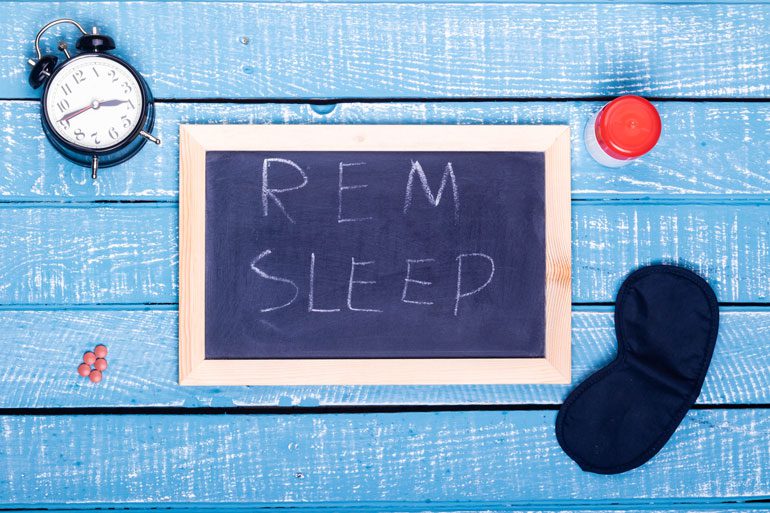 Sleep is crucial for our health and well-being, and having an established, normal routine greatly increases the quality of one’s sleep. We spend about one-third of our lives doing it, making getting enough sleep as important for survival as water and nutritious food.
Sleep is crucial for our health and well-being, and having an established, normal routine greatly increases the quality of one’s sleep. We spend about one-third of our lives doing it, making getting enough sleep as important for survival as water and nutritious food.
Without proper, restful sleep, the neural pathways in the brain cannot be maintained, making it more challenging to concentrate and respond. The brain needs to rest in order for neurons to communicate with each other effectively. Furthermore, sleep impacts nearly every aspect of the body, from tissues to entire systems, from the heart to metabolism.
However, sleep is an incredibly dynamic process, a mystery with still many unknowns. One thing, though, is for certain: the necessity of getting the right amount of REM sleep.
There are two basic kinds of sleep:
REM (rapid eye movement) and non-REM sleep. Each type of sleep is connected to specific neuronal activity and brain waves and contains stages that a person cycles through throughout the night.
The first stage consists of non-REM sleep: the body begins to make the change from being awake to sleeping. This period is short and should only last a few minutes, during which breathing, heartbeat, and eye movements begin to slow down. The muscles relax as the brain waves begin to slow down, as well.
During the second stage of non-REM sleep, the body and mind drift into a light sleep, though brief bursts of electrical activity do occur. This stage occurs multiple times throughout the night. Finally, the third stage of non-REM sleep is characterized by deep sleep — the kind that makes the body feel re-energized and rested the next morning. The heartbeat and breathing slow down to their lowest level, and it may be difficult for you to awaken.
REM sleep, on the other hand, occurs when the eyes move rapidly behind closed eyelids. The brain wave activity is mixed and often appears to be more like the person is awake. Breathing is faster and irregular, and heart rate and blood pressure may even increase to levels that mirror those when awake. Dreaming, or at least the bulk of dreaming, occurs during REM sleep, typically around 90 minutes after falling asleep. During this phase, the body and appendages become temporarily paralyzed, the body’s safeguard for preventing a person from acting out his/her dreams.
People have less REM sleep as they age.
However, there are ways to get increased REM sleep.
Sticking to routines, such as going to bed at the same time each night, make a huge difference and allow your body to set a biological clock.
Exercising every day is another way to guarantee that you will improve your sleep health, but be sure to time workouts so that the body has at least three hours to unwind post-workout before hopping into bed. During this time, meditation or aromatherapy can be utilized as creative stress outlets, allowing the person to fully decompress and relax.
And of course, a better mattress is a key component to getting better sleep. Come by Sleep and Dream today to learn about the best mattresses in Santa Fe!


